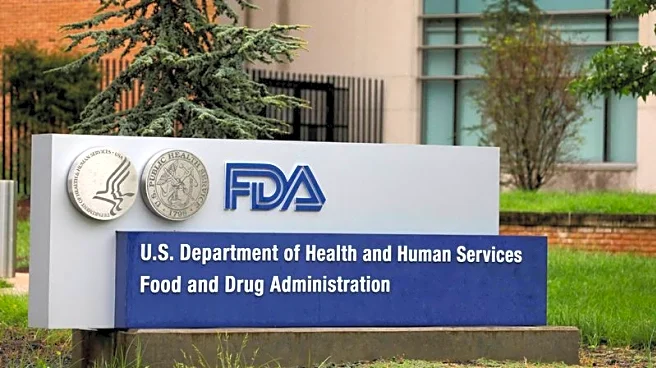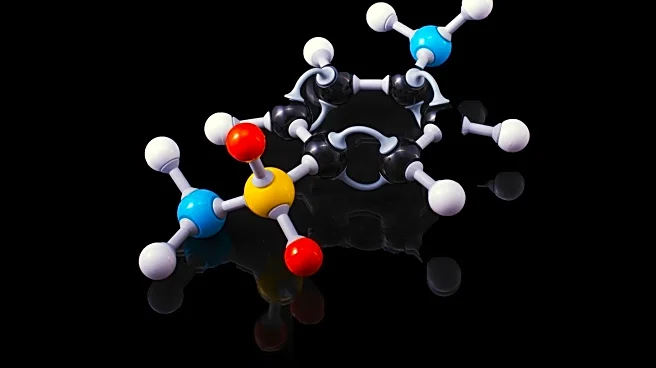What's Happening?
A team of researchers from Warwick University and Monash University has discovered a powerful new antibiotic, pre-methylenomycin C lactone, in a well-studied bacterium, Streptomyces coelicolor. This compound,
found in a familiar organism, is significantly more effective against Gram-positive bacteria than its predecessor, methylenomycin A. The discovery was made by examining biosynthetic intermediates during the production of methylenomycin A, revealing pre-methylenomycin C lactone's potential to combat resistant bacteria such as MRSA and VRE. The compound's effectiveness and resilience to resistance offer promising avenues for addressing the growing challenge of antimicrobial resistance.
Why It's Important?
The discovery of pre-methylenomycin C lactone is a significant breakthrough in the fight against antimicrobial resistance, a major global health concern. With millions of deaths attributed to resistant infections annually, finding new antibiotics that remain effective over time is crucial. This compound's ability to combat resistant strains without inducing resistance highlights its potential as a long-term solution. The research underscores the importance of revisiting known organisms and compounds to uncover hidden potentials, which could lead to more resilient antibiotics and improved treatment options.
What's Next?
Further preclinical and laboratory testing is needed to fully understand the potential of pre-methylenomycin C lactone as an antibiotic. Researchers will explore its mechanisms of action and target pathogens to assess its viability for widespread use. The discovery also opens the door to investigating other biosynthetic intermediates for similar compounds, potentially leading to a new paradigm in antibiotic discovery. Collaboration between scientists and pharmaceutical companies may accelerate the development and deployment of these new antibiotics.
Beyond the Headlines
The discovery raises questions about the traditional approaches to antibiotic research and the potential benefits of revisiting familiar compounds. It highlights the need for innovative strategies in drug development to address the evolving threat of antimicrobial resistance. Ethical considerations may arise regarding the accessibility and affordability of new antibiotics, ensuring they reach populations most in need. Long-term, this discovery could influence research priorities and funding allocations in the field of microbiology and pharmacology.












